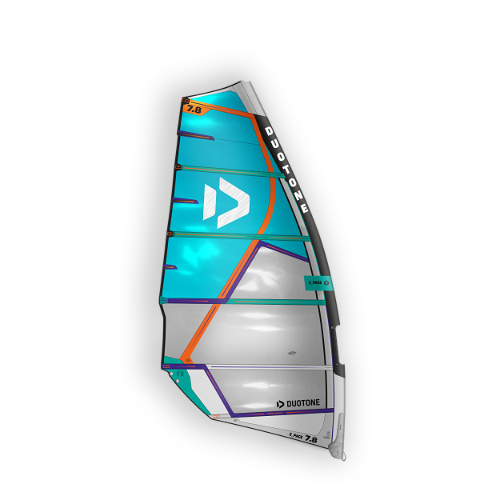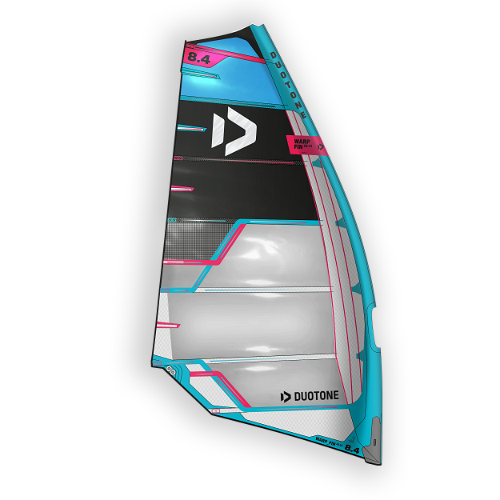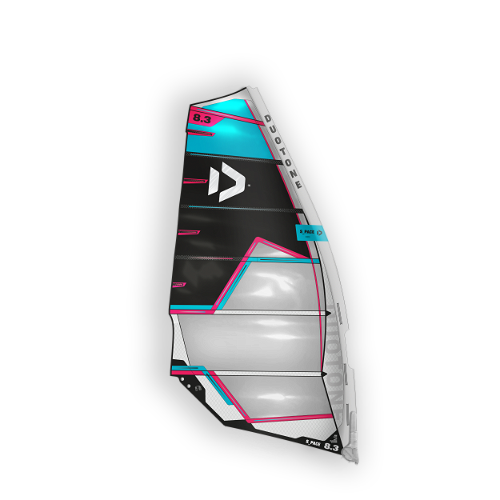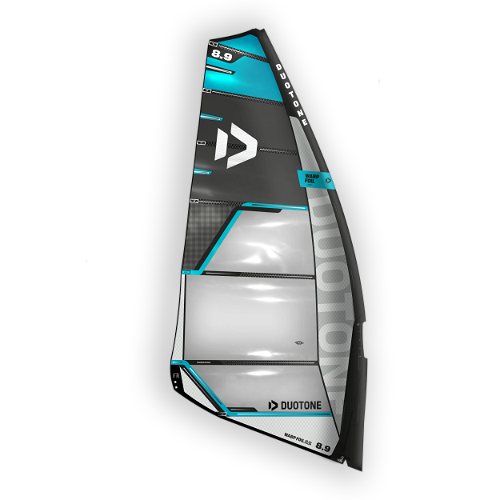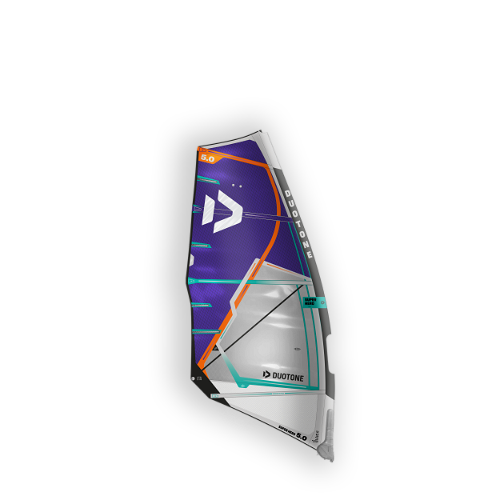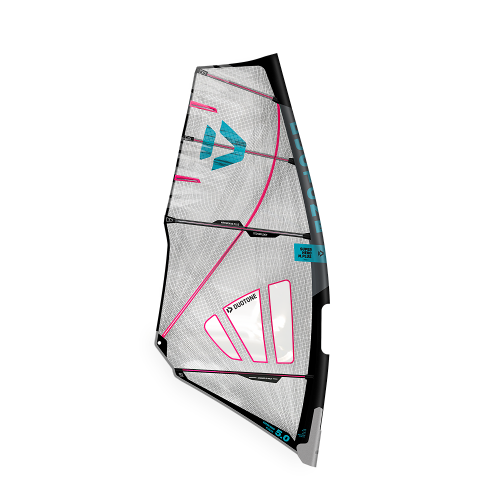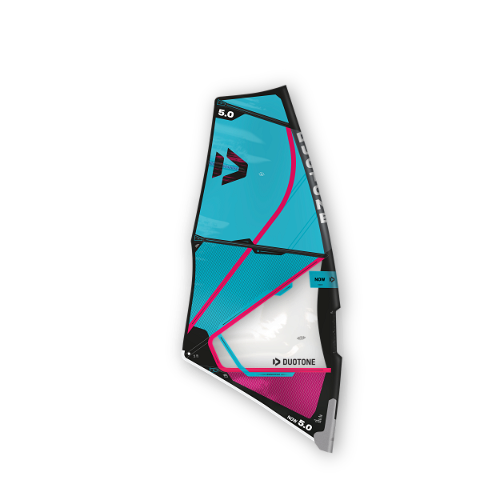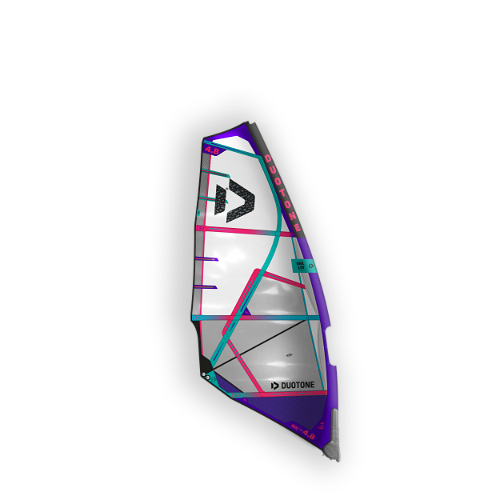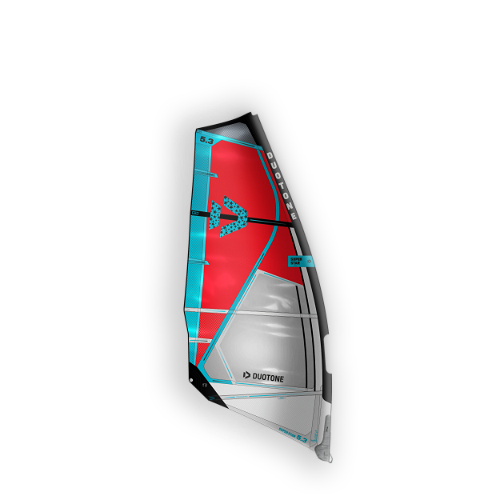Sort by
E_PACE 2021
Sails
Sold Out
WARP_FIN 20.21 2021
Sails
Sold Out
S_PACE 2021
Sails
Sold Out
F_PACE 2021
Sails
Sold Out
WARP_FOIL 2021
Sails
Sold Out
SUPER HERO 2021
Sails
Sold Out
SUPER HERO M.PLUS 2021
Sails
Sold Out
NOW 2021
Sails
Sold Out
DRIVE_CLOTH 2021
Sails
Sold Out
IDOL LTD 2021
Sails
Sold Out
SUPER STAR 2021
Sails
Sold Out
:grayscale(false):quality(10):blur(20))
:grayscale(false):quality(10):blur(20))
